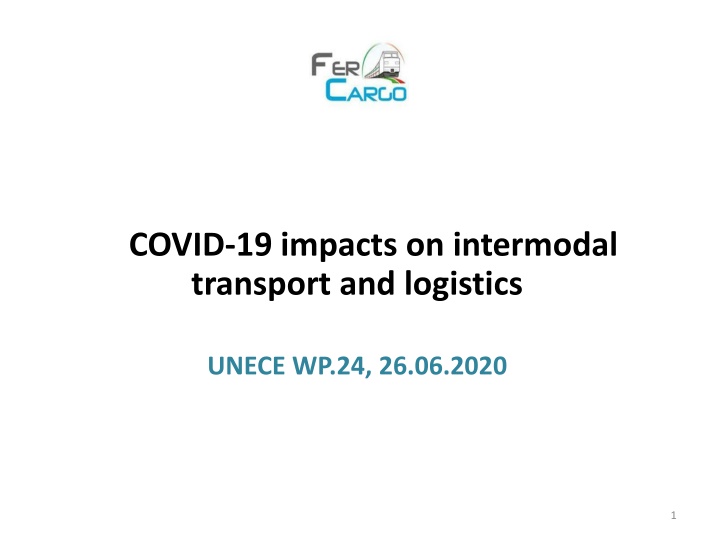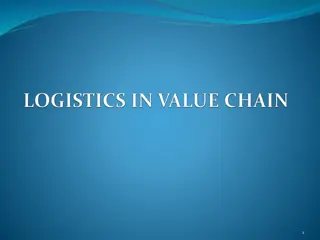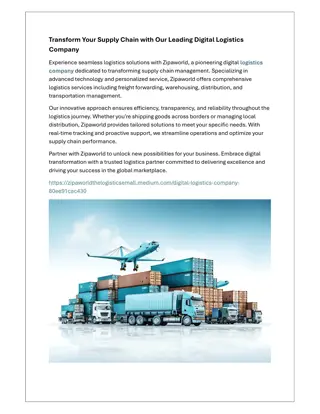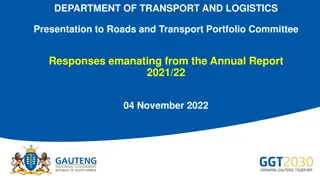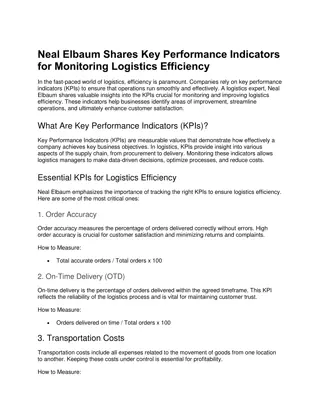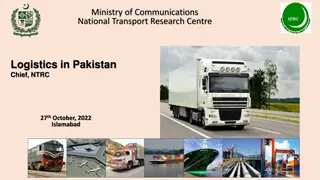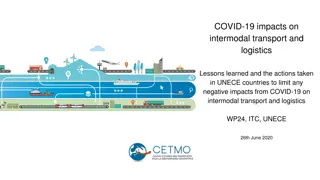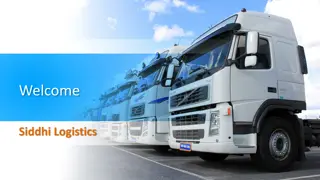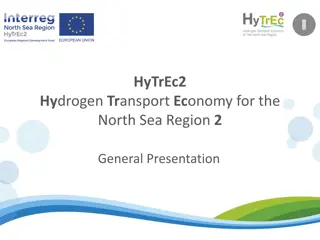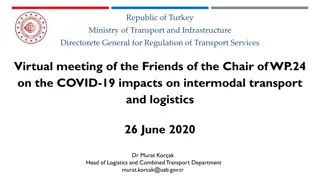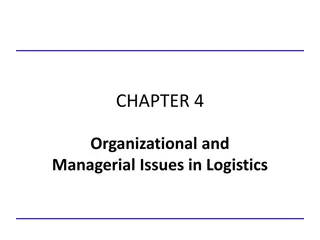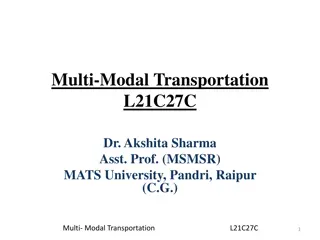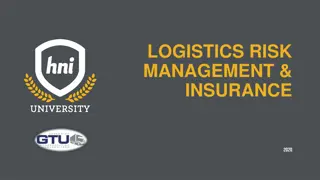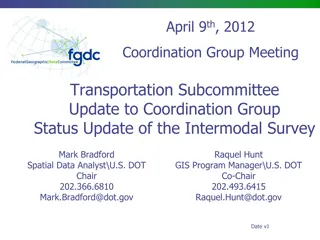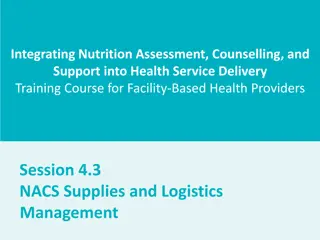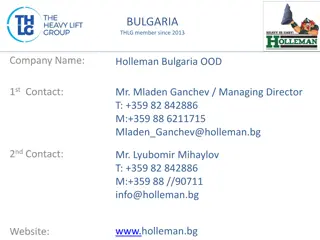COVID-19 Impacts on Intermodal Transport and Logistics: Market Shares and Challenges
Market shares of Italian railway undertakings under FerCargo were critically examined, showcasing impacts of COVID-19 on intermodal transport volumes. The challenges faced by FerCargo and the advantages of intermodal transport over road transport in the wake of the pandemic were highlighted.
Download Presentation

Please find below an Image/Link to download the presentation.
The content on the website is provided AS IS for your information and personal use only. It may not be sold, licensed, or shared on other websites without obtaining consent from the author.If you encounter any issues during the download, it is possible that the publisher has removed the file from their server.
You are allowed to download the files provided on this website for personal or commercial use, subject to the condition that they are used lawfully. All files are the property of their respective owners.
The content on the website is provided AS IS for your information and personal use only. It may not be sold, licensed, or shared on other websites without obtaining consent from the author.
E N D
Presentation Transcript
COVID-19 impacts on intermodal transport and logistics UNECE WP.24, 26.06.2020 1
Market shares Italian RUs belonging to FerCargo: Criticit ed Opportunit - - - - - - - - - - - - - - - - - - Sangritana Adriafer Captrain Italia Compagnia Ferroviaria Italiana DB Cargo Italia Dinazzano PO Ferrotramviaria Ferrovie della Calabria Fuorimuro GTS Rail Hupac Interporto Servizi Cargo InRail Medway OceanoGate Rail Cargo Carrier Italia Rail Traction Company SBB Cargo Italia
Impact of COVID-19 on RUs volumes It was rather different over the months and the kind of products: International intermodal rail transport suffered at least: March was ok, April dropped -25%, May level, June increased back to 90% Conventional rail transport, both national and international, dropped immediately and remained in many cases close to zero until the second half of May FerCargo RUs lost between 25% and 60% or more of their turnover depending on their portfolio Additional costs and challenges came from the need to comply to more stringent safety regulations
Why intermodal worked better? Road transport was, all at once, no longer able to cross the national borders Intermodal has low personnel intensity per T in loading, unloading and travelling The terminals found rapidly, reasonable ways to apply to the new rules and kept working Even small quantities of a variety of goods coming from a variety of suppliers and addressed to a variety of markets can be easily packed into containers and switched to rail Railways are much more used to apply a system of rules than road. Intermodal railways live in an even more standardised world. International, intermodal railways know no operational borders at all.
Problems Rules and regulations were different between Countries and between Regions. They were issued with no notice. Crossing borders was at the end not easy, we had to stop interoperability Until late April no availability of health protection devices Operators requested very fast reactions as they tried to keep the frequencies even with low payloads, but we were not allowed to work with spare shift and reserves.
and lessons learned Have a good and trained Crisis Management Organisation Have a good lobby connection, both for timely receiving information and in order to positively influence some operational regulations Communicate a lot with your people on the field Manage the Unions Thank you for your attention! Any questions?
